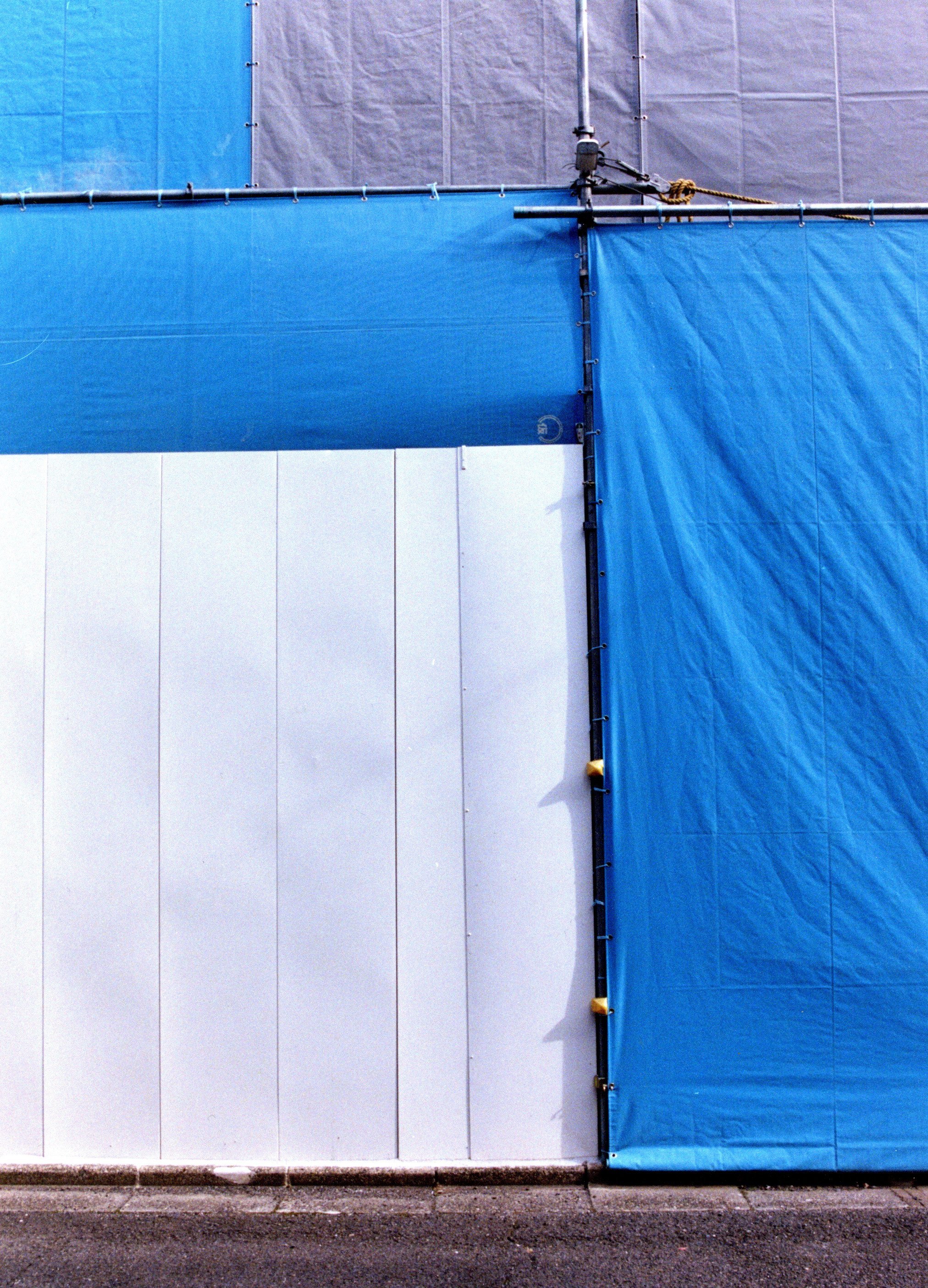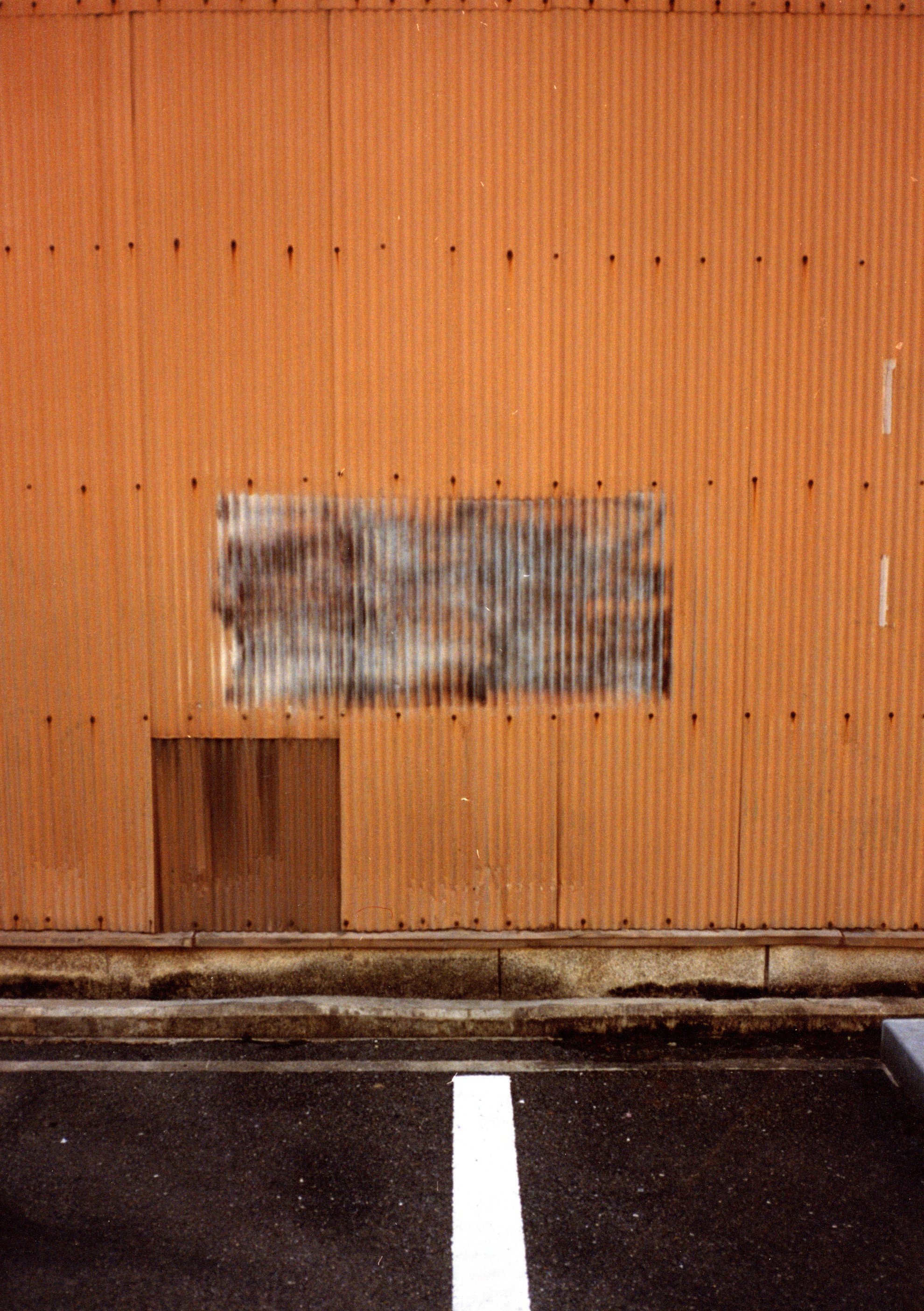Nowhere Man
Sometimes a city's myth becomes more real than its actual wood and stone. This is especially true in the age of social media, influencers, and billions of photos made by smart phones, manifesting together a hyperactive simulacrum consisting of strictly the city’s best understood signfiers. Once a sleepy, formerly-grand imperial capital relatively unknown outside Japan, Kyoto has become a bucket list destination for juggernaut tourism. The city responds by creating infrastructure for the appetite, tearing down buildings that do not correspond to the vision, and assembling in its place trendy accommodations and ancillary boutiques that perpetuate a myth, in this case, that of Old Japan, and if it had a face, it would be that of the elusive and diffident geisha.
Nowhere Man has more in common with what the city actually is than what it's civic boosters and viral Tiktokers are highlighting. It is intentionally inscrutable— the overlooked door, dimpled light on metal, shadowed power lines on cement—always places on the journey, never the destination. It's the city deconstructed of all landmarks and visualized instead as a collection of interconnected facades. This is city reduced to its essence, the one that exists for its residents, its stray cats, pilfering crows, and this wandering observer.











